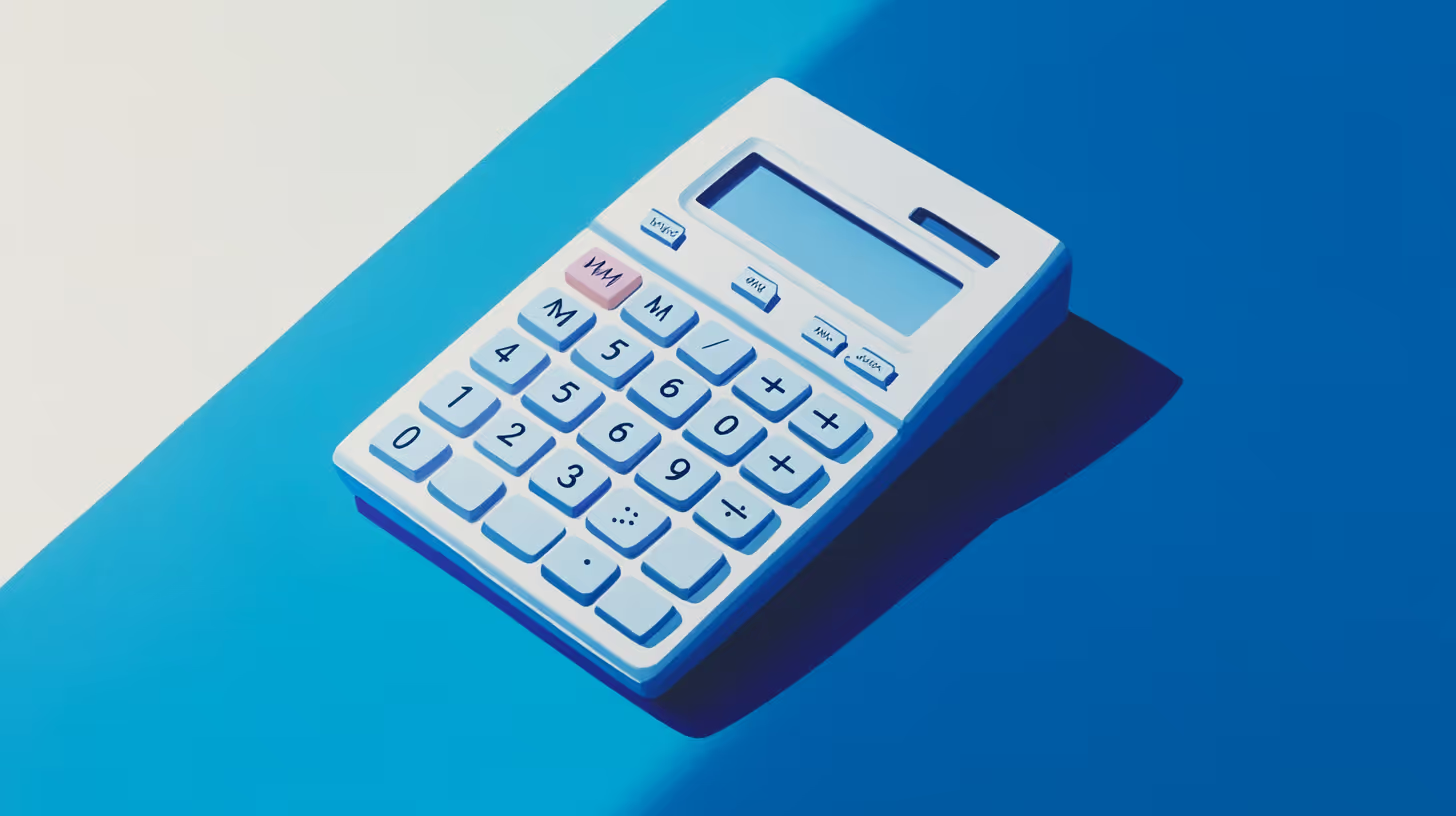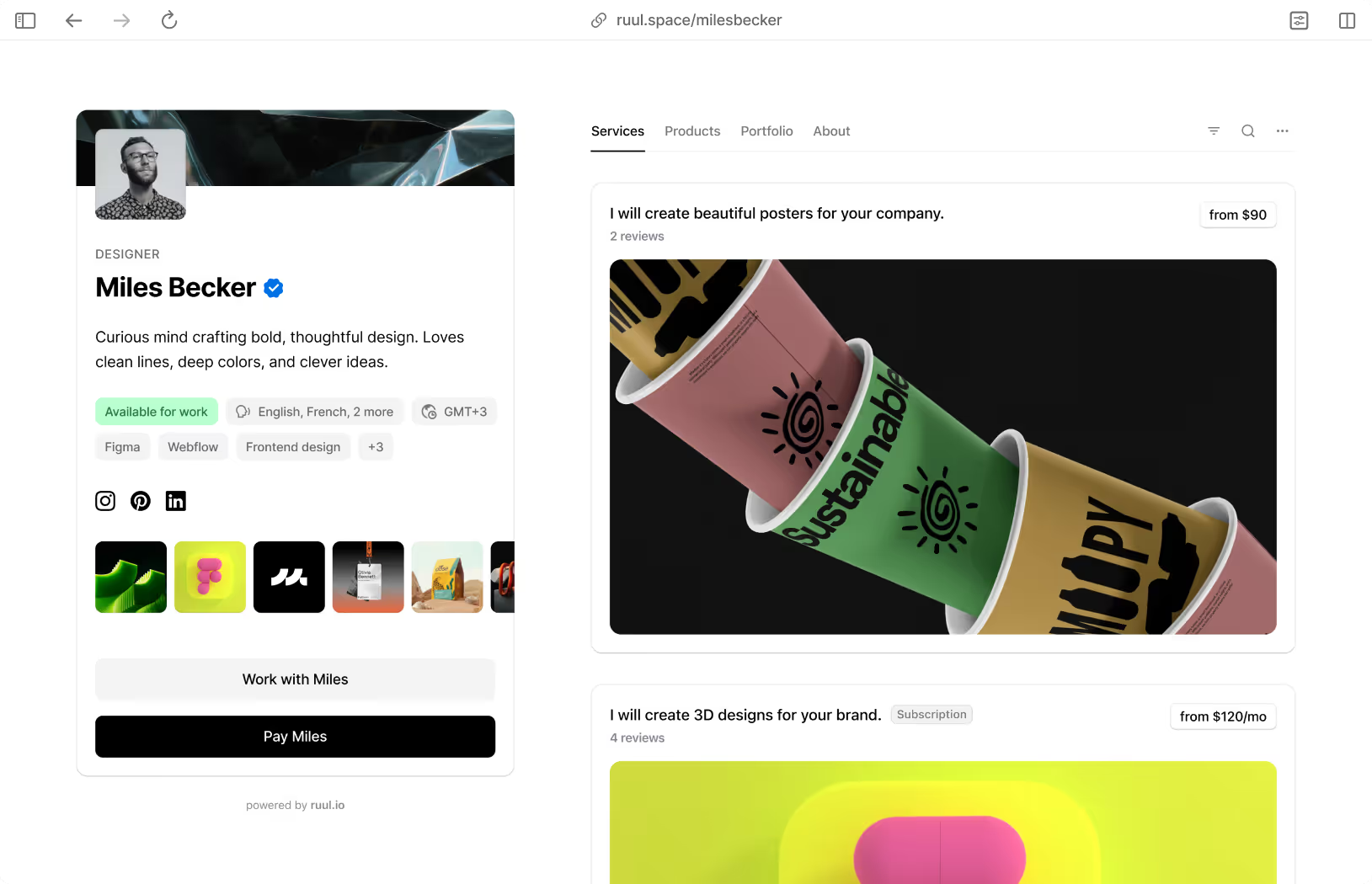Freelancing has many advantages such as being flexible, working on your own terms, managing clients globally and others, however it comes with responsibilities. Choosing the right platform plays an important role when it comes to freelancing.
Fiverr and Upwork, both important, very popular and well known platforms, they both meet clients and freelancers online. Graphic designers in particular, also use both of these platforms to find clients. Grow their portfolio and increase their income.
Here’s a Fiverr vs Upwork in details for graphic designers;
Fiverr: Founded in 2010, Fiverr is a freelancing marketplace that operates on a gig-based model. Graphic designers create specific service offerings, or "gigs," which clients can browse and purchase directly.
Upwork: Established in 2015, Upwork is a platform that facilitates freelancing through both hourly and fixed-price contracts. It operates on a proposal-based system where freelancers submit proposals for job listings posted by clients.
1. Project Types and Opportunities
Fiverr: Fiverr has gig based models. It allows graphic designers to offer their services from logo creation to social media graphics. Designers can create multiple gigs, each tailored to specific types of graphic design work, which makes it easy to target different client needs.
Upwork: Upwork offers a broader range of project types, including both short-term tasks and long-term contracts. Graphic designers can find opportunities for complex projects, such as branding overhauls, website design, and ongoing design support. Upwork’s job postings often reflect a higher level of client commitment and investment, making it suitable for designers seeking more substantial and ongoing work.
Fiverr and Upwork are some of the best freelance graphic designer websites online. Others also can be listed as 99designs, DesignCrowd, Freelancer.com, and Behance, each offering unique features and opportunities tailored to graphic designers.
2. Fee Structures
Fiverr: Fiverr charges a flat service fee of 20% on each transaction, which applies to both fixed-price gigs and custom offers. This fee is relatively straightforward but can be significant for lower-priced gigs. Fiverr’s fee structure is transparent, with no additional costs for freelancers beyond the service fee.
Upwork: Upwork’s fee structure is tiered based on the total amount billed with a client. For the first $500 earned, Upwork charges a 20% fee. This fee decreases to 10% for earnings between $500.01 and $10,000, and to 5% for earnings above $10,000. This tiered system can be more favorable for freelancers who establish long-term relationships with clients, as the fees reduce over time.
When it comes to fee structure, Ruul has a competitive rate. The applied commission rate starts at 2.75% with Ruul.
3. Client Acquisition
Fiverr: On Fiverr, graphic designers create gigs that potential clients browse and purchase directly. Once a client places an order, communication mostly works through Fiverr’s platform, with clear guidelines.
Upwork: Upwork requires graphic designers to actively submit proposals for job listings. While this approach demands more effort in client acquisition, it allows designers to showcase their expertise and negotiate terms before starting a project. Upwork’s proposal-based system can lead to more tailored client interactions and potentially more significant projects.
4. Portfolio and Profile
Fiverr: Fiverr allows graphic designers to create a showcase for their previous work, testimonials and portfolio. This portfolio can be a logo, images or other design based work they have done for their clients. Building a stone profile with an attractive portfolio will give freelancers an increased chance of winning the client.
Upwork: Upwork provides a more comprehensive profile-building experience. Designers can create a detailed profile that includes an extensive portfolio, work history, and skill tests. Upwork’s profile system also includes client feedback and ratings, which can significantly impact a freelancer’s reputation and ability to secure future projects. A well-rounded profile on Upwork can enhance credibility and attract higher-value clients.
5. Payment Protection and Security
Fiverr: Fiverr uses an escrow system where clients pay upfront for gigs, and funds are held in escrow until the work is completed and approved. This system provides a level of payment protection for freelancers, as they are assured payment once the work is delivered. However, Fiverr’s dispute resolution process can sometimes be challenging for freelancers if disputes arise.
Upwork: Upwork offers strong payment protection for both hourly and fixed-price contracts. For hourly work, Upwork’s Time Tracker records hours worked, and clients are billed weekly. For fixed-price projects, funds are held in escrow and released upon milestone completion or project delivery. Upwork’s dispute resolution system is generally well-regarded, providing a reliable process for handling payment issues and conflicts.
When it comes to payment protection and security, Ruul offers game changer solutions. Ruul allows freelancers to initiate payout within 24 hours and as your Merchant of Record, Ruul onboards your client, handles invoicing and payment collection.
6. User Experience
Fiverr: Fiverr’s interface is designed to be user-friendly, with a focus on browsing and purchasing gigs. Designers can easily create and manage gigs, track orders, and communicate with clients through a straightforward dashboard. However, the high volume of gigs and competition can make it challenging for individual designers to stand out.
Upwork: Upwork’s interface provides a more detailed and professional experience, with features for managing proposals, tracking project progress, and communicating with clients. The platform offers tools for both freelancers and clients to facilitate effective project management and collaboration. Upwork’s system for tracking time and managing contracts can contribute to a more organized workflow.
7. Client Quality
Fiverr: Fiverr’s diverse range of gigs attracts clients with varying budgets and project scopes. While this can be advantageous for freelancers seeking quick projects, it can also mean dealing with clients who may have less commitment or lower budgets. Fiverr is well-suited for designers who want to offer specific services and manage multiple small to medium-sized projects.
Upwork: Upwork’s focus on long-term and higher-value contracts often results in clients with more substantial budgets and a greater commitment to quality. The platform tends to attract clients looking for professional, ongoing design work, which can be beneficial for freelancers seeking stable and well-funded opportunities. Upwork’s project scope can range from large-scale design projects to continuous design support.
Get Benefit From Ruul For Your Freelancing Needs
Managing your clients globally, invoice them in their terms with regulations, getting paid on time without security issues can be challenging.
The Great news is, Ruul solves it all.
Ruul, act as your Merchant of Record, is the legal entity selling your professional services to your business clients compliantly in 190 countries. It helps freelancers to sell their digital services to businesses anywhere around the world.
Ruul handles all your sales tax and compliance for every payment, cutting down your paperwork. Offers local & international payment methods. Ruul, onboards your client, handles invoicing and payment collection.
For freelancers, managing their system easily and securely is the most important part of their business. Ruul helps in each stage by simplifying the freelancing.










